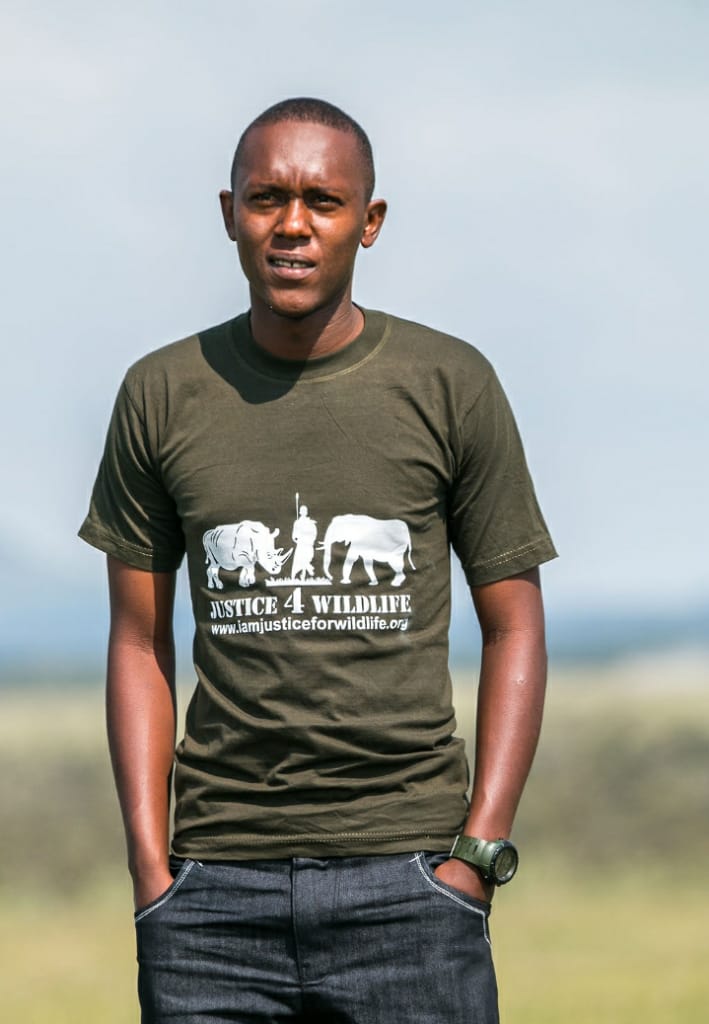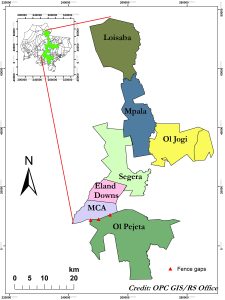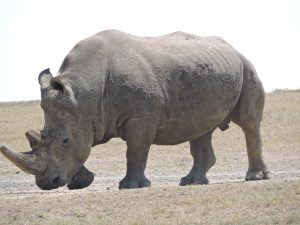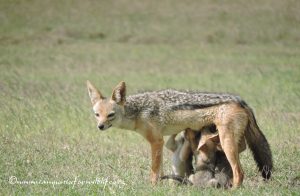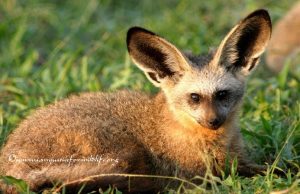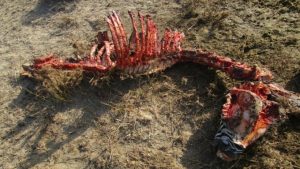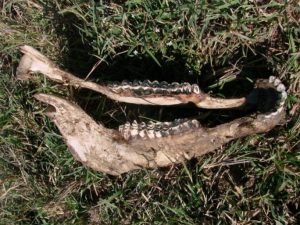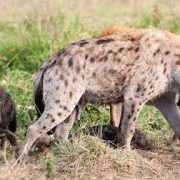Elephants are by far the most charismatic gentle giants you will ever come across in our unique African wilderness areas, their size alone makes them extraordinary, but their complex family life and structure, intelligence and their individual personalities set them apart too. As more and more tourists visit these conservation areas and are more exposed to elephants, it is likely that the number of human-elephant encounters will definitely increase correspondingly.
Elephant viewing just like any other wildlife there are some ground rules that I believe through my experience as a park warden are not necessarily ignored but are often not understood by our park visitors, visiting the wildlife conservation areas is always a thrilling adventure be it with family or friends you awaken your connection with nature and get a unique excitement watching wild animals up close in the comfort of your vehicle but most often we find ourselves being carried away and end risking our lives.
We don’t always have the privilege to have a “professional guide” with us while on the game drives and often are time you find yourself in a situation you have no idea what to do next when we enter into their territory is essential to keep this three maxims in mind
- You are in their home area – At all times, elephants must be given right of way at all times
- Elephants have a “Personal space” which do not like to be invaded, it’s always wise to keep a 50 M distance
- Elephants are intelligent animals, have emotions and mainly want to be left in peace. while viewing wildlife its wise to keep any noise to the minimal, radios or music from the vehicle should be off, no hooting or banging the sides of the vehicle
How to approach Elephants
Elephants in most conservation areas are used to vehicles and humans will go about their daily business and ignore any human observer. Relaxed and friendly elephant behaviour is ordinarily characterised by; eyes casting down, tail generally swaying from side to side while the elephant is feeding or even entwining trunks or placing the trunk tip into other elephants mouth (reassuring gestures used for greeting and in-play mode)
You will often observe elephants freezing from time to time and stretching out their trumpet towards you or by twisting their trunk tip towards your direction, it’s their way of sniffing and assessing if you’re a potential threat
Do not go closer than 50m to the animals and switch off the engine. If the elephants are comfortable, you can sit quietly and enjoy the experience, never allow the elephants especially solitary male to get too close to your vehicle, do not to let the elephants approach to within 20m of your vehicle and never allow them to touch it. If the elephants approach within this zone, switch the engine on, wait a few seconds and slowly back away.
Always assess the elephants’ direction of movement. Do not block them, cut off their escape route, or come between a mother and calf. Allow them a clear path away from the area.
Never drive into a heard or separate a mother and her calf
If switching the engine on appears to aggravate the elephant, switch it off immediately, wait a few minutes and then try to retreat again. Retreat slowly if the elephants are showing any signs of unease or mild threat
If you are in an open safari vehicle, do not stand up or make sudden movements on the vehicle. This may frighten the elephant and cause a threatening or aggressive response.
The following are some of the most obvious threatening behaviours displayed by elephants:
An elephant will always warn you to show aggression when you’re too close or when it feels intimidated by your presence it wants you to retreat. It is essential to be able to read the early signs and slowly back off, the initial signs include; Trunk up in the air sniffing, throwing around twigs, front foot lift, trunk twisting, displacement feeding (plucking at vegetation but not feeding on it but slapping it against the body, pretending to be feeding but it’s fixated at watching you) Make no sudden movements. If you do not heed to the initial warning signs the elephant may resort to more aggressive threat display behaviour or even launch a charge be it a mock charge which is quite common or otherwise without other warnings.
At any of the advanced threatening behaviours highlighted below remember never to compromise your safety and slowly retreat and leave the area because you must be infringing into their space thus making them very uncomfortable.
Spreading the ears
The elephant faces an opponent head-on with ears fully spread (at 90 degrees from the body), presumably for the purpose of appearing larger.
Shaking head
The shake usually starts with the head twisted to one side and is then rapidly rotated from side to side. The ears slap against the side of the face or neck making a loud smacking sound. Followed by throwing grass.
Trumpeting or air blast
Trumpeting is a sign of annoyance, the trunk can also be used to blow air out with a loud popping sound
Ear slapping against the body
Ear slapping is a definite sign displayed, an ear slapped against the side of the body as it shakes the head often done towards people or cars.
Tusking the ground
Bends down or kneels both tusks on the ground, pushing their trunk along the ground or uprooting vegetation uplifts vegetation as a demonstration of “look what I will do with you if you don’t back off”. It is mostly done by musth males ( musth is a periodic condition in bull elephants characterized by highly aggressive behaviour and accompanied by a large rise in reproductive hormones)
Rushing forward
Typical mock charge, two or three times charges towards you with the ears spread out after a loud trumpet and makes a sudden stopping, kicking up dust with the forefoot and swinging its trunk towards you.
Real charge
Rushes towards the vehicle, ears spread, head held low, trunk tightly curved, tusks directed towards your direction, and this time no trumpeting. So pay attention to the early warning signs.
“For most of history, man has had to fight nature to survive. In this century he has to realize that in order to survive he has to protect it.” Jacques-Yves Cousteau Here we celebrate the unsung wildlife heroes in the grassroots doing remarkable work to conserve our wildlife heritage, Get to learn about wildlife from a ranger/ ecologist in Kenya a freelance eco-traveler, experience the diverse cultures and African heritage from the natives and take an adventure to new destinations to learn about rare attractions that are hardly talked about and to top it all up some of the best wildlife photographs that will make you reconnect to your wild side appreciate everything around us and fall in love with the natural world, because “It is not enough to love the natural world; the point is to defend and preserve it.” Edward Abbey
Our wildlife, our responsibility. When it comes to standing up for our wildlife it’s better to be outspoken than unspoken.


